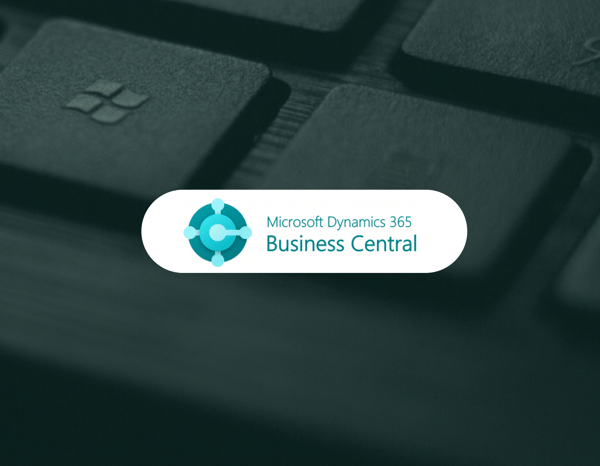
What percentage of your company’s spend is under control? When asked what percentage of their company’s spend was under control, 21% of executives said it was under 50%, and another 44% of executives said it was between 50% – 80%.
Most organizations see cost control, supplier negotiations, spend visibility, and integration of AP automation within the procurement process as their top procurement improvement goals. There is always room for improvement, but the question is how to get there –especially with indirect spending, something organizations have a hard time getting a handle on.
The Difference between Direct and Indirect Spend
Suppliers: In direct procurement, very few in production will buy from non-preferred suppliers. With indirect spending, everyone can choose who they want.
Stakeholders: With direct spend, there are a limited number of stakeholders (such as production specialists, quality managers, and engineers). Indirect spending is made by a large number of people throughout the organization.
Suppler Relationships: Companies can use their position to have influence over direct suppliers pricing and terms. With indirect suppliers often there is no volume buying or other activity that would give the organization a dominant position.
Savings Measurement: For direct spending, the focus is on reducing the cost of goods, and all the bill of materials inside the organization’s ERP. With indirect spending the purchase is often taking place outside the ERP. Questions of compliance and how much will be purchased in the future is open to question.
Buying Cycles: Direct spend has buying cycles that can be anticipated, measured and audited. Indirect spend has no defined cycles at all. This leaves indirect spending to personal preferences among multiple users and locations.
Common Categories of Indirect Spending
- Electrical or mechanical parts for maintenance and repairs
- Materials for capital projects
- Safety and Industrial supplies
- Equipment and small tools
- Office supplies
- Repair or maintenance services
- Janitorial Services
- Professional Services
Manually Processed P2P Contributes to the Problem
Purchase to pay activities usually involve high volumes of documents and there is limited access to real-time information. Manual based methods (such as email and attachments) are often used to deliver P2P documents, resulting in overlooked invoices, late payments, and misplaced information.
Suppliers are chosen based on personal preference and without a compliant framework. This leads to excessive processing costs as well as indirect spending that is not controlled.
Limitations with an ERP to Control Indirect Spend
ERP purchasing modules are typically built for direct purchasing because they are based on a centralized purchasing function. They usually have rigid workflows, lack dynamic re-routing functions and are user-license driven, making it expensive to add people or requiring code to make changes.
Get Control Over Indirect Spend
Rillion’s purchasing automation helps you regulate and automate your company’s indirect spending. It does this with approval workflows for all purchases and the management of suppliers employees are able to choose.
- Purchases are pre-approved using workflow – ensuring management visibility
- Flexible approval workflows for re-routing on the fly – no coding and unlimited number of users
- Employees are buying from select vendors within a specific budget
- Tight control over who can buy what type of goods, which supplier they should use and where the goods will be delivered
- Populate correct prices in the requisition phase, eliminating errors caused by estimatinG

